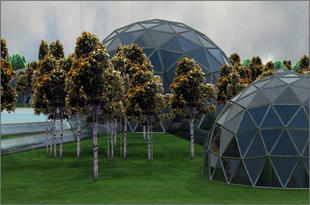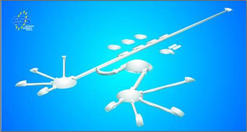

With the political agreement in 2009 for a site for the ESS, a significant number of European countries (currently 16) have joined together in a partnership to embark on a 3-year design update prior to starting construction on the site in Lund in southern Sweden. The ESS will be a 5MW long-pulse spallation neutron source, a uniquely powerful facility offering new opportunities for materials research using slow neutrons. Compared to the user's experience today, the ESS will offer measuring capabilities 100x better than similar facilities. Planning a $2 billion scientific facility to be operational a decade from now requires a new approach. By 2020 the way in which researchers interact with central science facilities may have changed dramatically due to advances in computing and electronics technology. Equally well, the energy consumption of big facilities puts a significant burden on the annual operating budget, so novel methods must be found to manage the energy requirements. Also important is the environmental impact and its political overtones. I will address these questions and give a personal view of how green technologies can be applied without sacrificing performance.
Anyone outside NIST wishing to attend must be sponsored by a NIST employee and receive a visitor badge. For more information, call Kum J. Ham at 301-975-4203.
Colloquia are videotaped and available in the NIST Research Library.
Colin Carlile
Director, European Spallation Source

